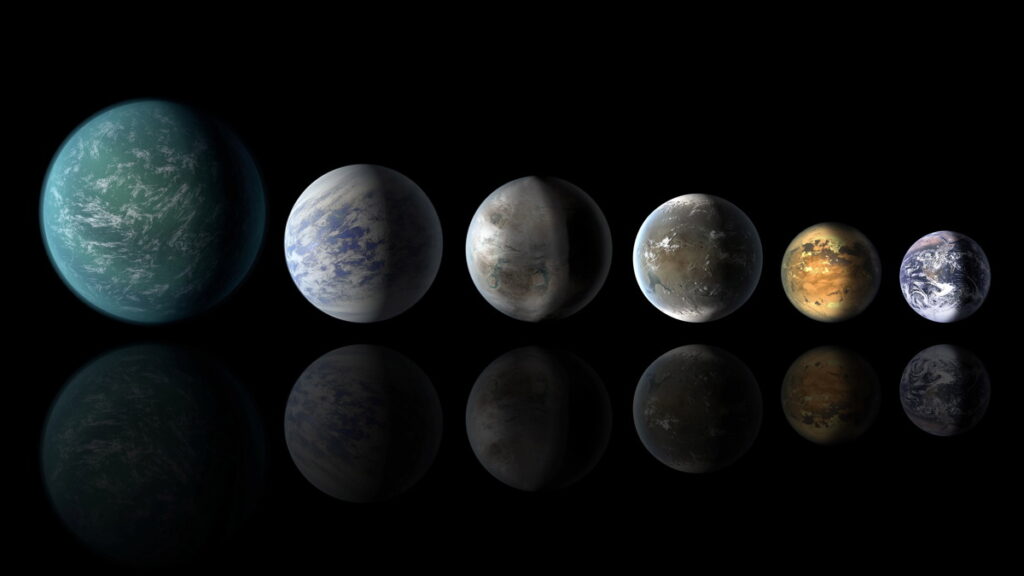Shimmering ejections emitted by two actively forming stars make up Lynds 483 (L483). High-resolution near-infrared light captured by NASA’s James Webb Space Telescope shows incredible new detail and structure within these lobes, including asymmetrical lines that appear to run into one another. L483 is 650 light-years away in the constellation Serpens.
Related posts
-

Get the best streaming deal available as Disney Plus is 60% off, but hurry as this deal expires at the end of June
Disney Plus is one of the best streaming services out there and is currently 60% off... -

Proposed NASA radio probe could use gravity ‘lumpiness’ to reveal the insides of alien worlds
Engineers have designed a compact, battery-powered radio probe that could help unlock the secrets of alien... -

NASA robot digs up simulated moon rocks | Space photo of the day for June 13, 2025
NASA continues to test various robotic models in a simulated lunar surface as it works toward...